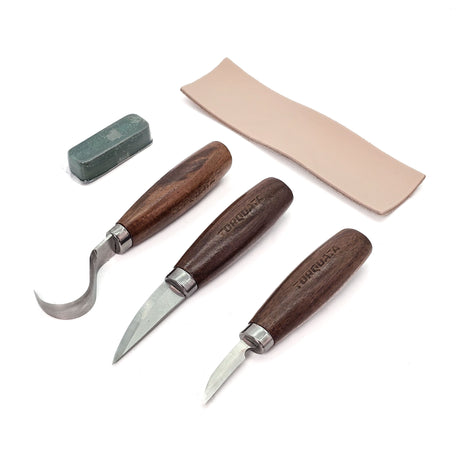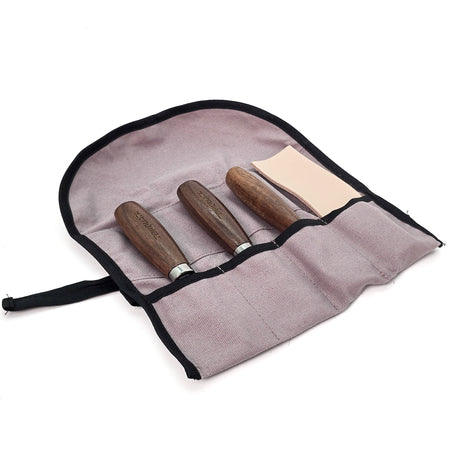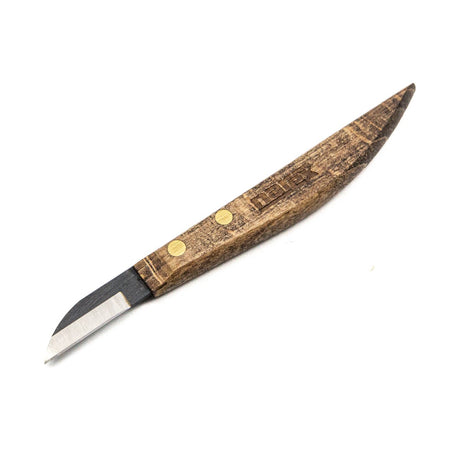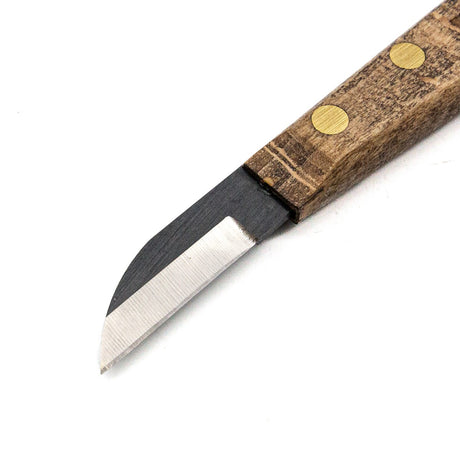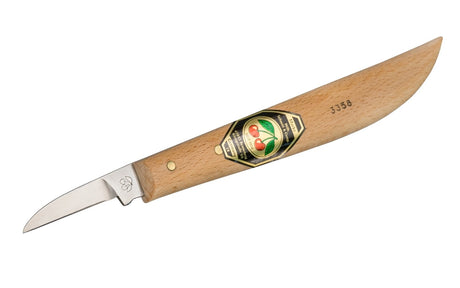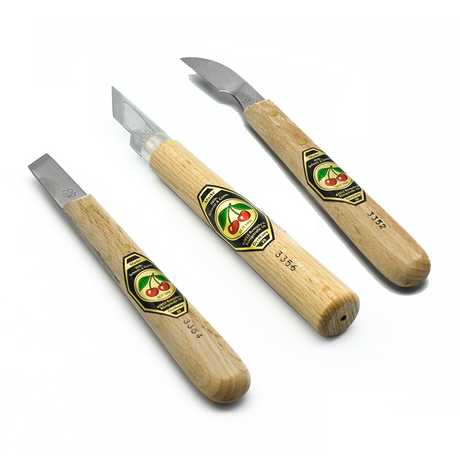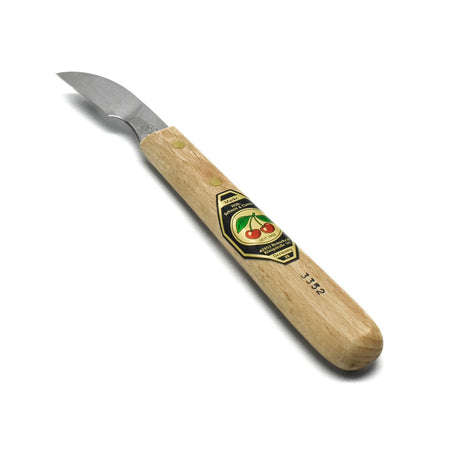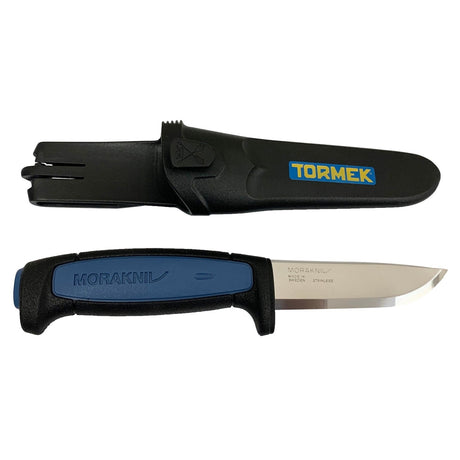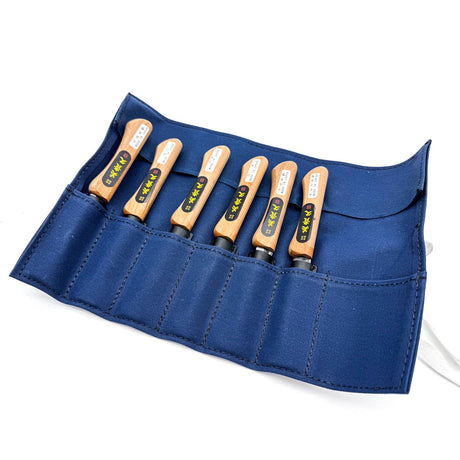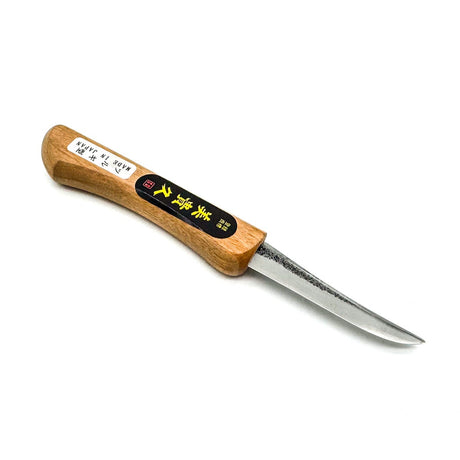Torquata
Torquata Set of 3 Carving Knives with Leather Strop & Sharpening Compound in Canvas Roll
$39.90Unit price /UnavailableIn stockNarex
Narex PROFI Standard Carving Knife 40mm Blade for Woodcarving
$41.90Unit price /UnavailableIn stockKirschen
Kirschen #3358 Chip Carving Knife 35mm with Round Neck Straight Edge for Woodcarving
$26.90Unit price /UnavailableIn stockKirschen
Kirschen Set of 3 Chip Carving Knives with Skew Edge for Woodcarving
$79.90Unit price /UnavailableVery low stock (3 units)Kirschen
Kirschen #3362 Chip Carving Knife 38mm with Round Neck Straight Edge for Woodcarving
$28.90Unit price /UnavailableVery low stock (1 unit)NSB
Ikeuchi Mikikichan Set of 6 Carving Knives 160mm Long with Canvas Tool Roll for Woodcarving
$249.90Unit price /UnavailableIn stockNarex
Narex PROFI Necking Carving Knife 40mm Blade for Woodcarving
$41.90Unit price /UnavailableLow stock (7 units)Kirschen
Kirschen #3352 Chip Carving Knife 28.5mm with Long Skew Edge for Woodcarving
$23.90Unit price /UnavailableVery low stock (4 units)Kirschen
Kirschen #3351 Chip Carving Knife with Short Skew Edge for Woodcarving
$22.90Unit price /UnavailableVery low stock (2 units)Narex
Narex PROFI Bent Carving Knife 45mm Blade for Woodcarving
$49.90Unit price /UnavailableLow stock (8 units)Kirschen
Kirschen #3363 Chip Carving Knife 35mm with Round Neck Straight Edge for Lino Cutting
$26.90Unit price /UnavailableVery low stock (3 units)Kirschen
Kirschen #3361 Chip Carving Knife with Straight Blade Three Edges for Woodcarving
$33.90Unit price /UnavailableVery low stock (2 units)Kirschen
Kirschen #3356 Chip Carving Knife 14mm with Small Blade Skew Edge for Woodcarving
$20.90Unit price /UnavailableVery low stock (4 units)Kirschen
Kirschen #3357 Chip Carving Knife 19mm with Long Wide Blade Skew Edge for Woodcarving
$24.90Unit price /UnavailableVery low stock (3 units)
Wood Carving Knives
Timbecon's collection of carving knives presents an extensive range of high-quality tools for beginners and seasoned woodworkers. From the intricate patterns achievable with a chip carving knife to the smooth contours shaped by a spoon carving knife, each tool in our selection is designed to meet the diverse needs of your carving projects. Our carving knives are crafted to provide control, precision, and comfort, allowing you to bring your most intricate designs to life easily.
These carving knives, including both single-bladed options and sets, are made from durable materials, ensuring sharpness and longevity. Whether you're shaping a piece of furniture, crafting a sculpture, or engaging in the delicate art of whittling, our wood carving knives are up to the task. Investing in quality carving knives means smoother cuts, less effort, and more enjoyable carving experience.
Explore our collection to find the perfect carving or whittling knife to add to your toolkit. Enhance your wood carving projects with tools that reflect your commitment to quality and precision. Visit Timbecon today and discover how the right carving knives can transform your woodworking projects.
FAQs
What are the different types of wood carving knives, and what are their uses?
The variety of wood carving knives caters to different carving techniques and projects. Chip carving knives are designed to create intricate patterns and designs with precision. Straight carpenter's drawknives efficiently remove large sections of wood, ideal for shaping and smoothing surfaces. Spoon carving knives, including straight and bent types, are specialised for hollowing out spoons or small bowls. Large radius spoon carving knives are perfect for scooping out broader curves. Each type serves a specific purpose, enhancing the woodworker's ability to achieve detailed and precise carvings.
Can I start with one or two carving knives, or should I get a complete set?
Starting with one or two wood carving knives is a practical approach for beginners. It allows you to familiarise yourself with the tools and techniques before expanding your collection. As you develop your skills and identify specific needs for your projects, you can gradually add more specialised knives to your toolkit. This method ensures that you invest in tools that are genuinely beneficial to your craft.
Can't I just use any knife to carve wood?
While it's technically possible to use any sharp knife for wood carving, specialised wood carving knives are designed to offer better control, precision, and safety. Their shapes, blade angles, and handles are tailored for specific carving tasks, making them more efficient and easier to use than general-purpose knives. Using the right tool for the job significantly enhances your work's quality and overall carving experience.
How can I carve a straight line with a carving knife?
Carving a straight line with a wood carving knife requires a steady hand and practice. Begin by marking your line with a pencil. Use a straight edge as a guide if necessary. Hold the carving knife at a consistent angle and apply even pressure as you push or pull the blade along the marked line. Practice on scrap pieces to improve your technique and gain confidence.
How do I sharpen my carving knives?
Sharpening carving knives often requires hand techniques on sharpening stones or specialised abrasives due to their unique shapes. For curved blades, stones with various shapes, such as those offered by Suehiro, are effective for maintaining sharpness. The process involves patience and precision to restore the blade's edge without altering its shape. For general-purpose knives, consider using tools like the Fast-Track Knife Sharpener, which is also suitable for kitchen knives, for a quick and efficient sharpening process.
What kind of materials do carving knives work best with?
Carving knives are most effective with timber and softer materials, where their precision and sharpness can be fully utilised. Different knives are suited to various types of wood, from softwoods like pine to hardwoods like oak. Choosing the right knife for the material ensures optimal results and easier carving.
How do I keep my carving knives in the best condition?
To keep your carving knives in the best condition:
- Regularly clean them after use to remove any residue.
- Sharpen the blades as needed to maintain their cutting edge.
- Store them in a dry place to prevent rust, and consider using blade guards to protect the edges.
Proper maintenance extends the life of your knives and ensures they're always ready for your next project
How do I best store my carving knives?
Store your carving knives in a way that protects their blades and keeps them organised. A knife block, tool roll, or dedicated drawer with individual slots can prevent the knives from dulling or getting damaged. Ensure the storage solution keeps the knives dry and accessible while protecting their edges from unnecessary contact.
What kind of steel is used in the manufacturing of carving knives?
The type of steel used in carving knives varies by brand and model, with high-speed steel (HSS) and carbon steel being common choices. These materials are selected for their durability, sharpness, and resistance to wear, ensuring that the knives can withstand the demands of detailed wood carving work.


